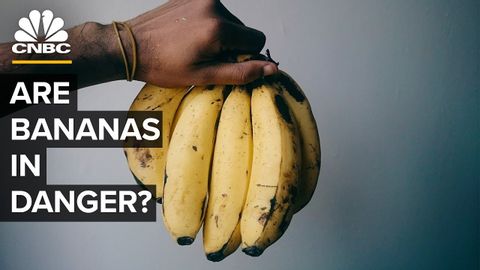为什么Chiquita和Dole的香蕉业务有风险(Why The Banana Business Of Chiquita And Dole Is At Risk)
joey joey 發佈於 2021 年 05 月 16 日  沒有此條件下的單字
沒有此條件下的單字US /ɪˈmjoon/
・
UK /ɪˈmju:n/
US /ɪk'strimlɪ/
・
UK /ɪkˈstri:mli/
- adv.極端地 ; 非常地;非常;從極端的角度來看
US /ˈæspɛkt/
・
UK /'æspekt/
- n. (c./u.)方面;觀點;(某物的)要素;特徵

